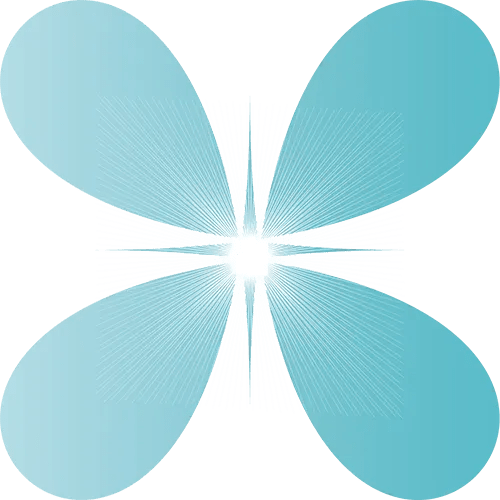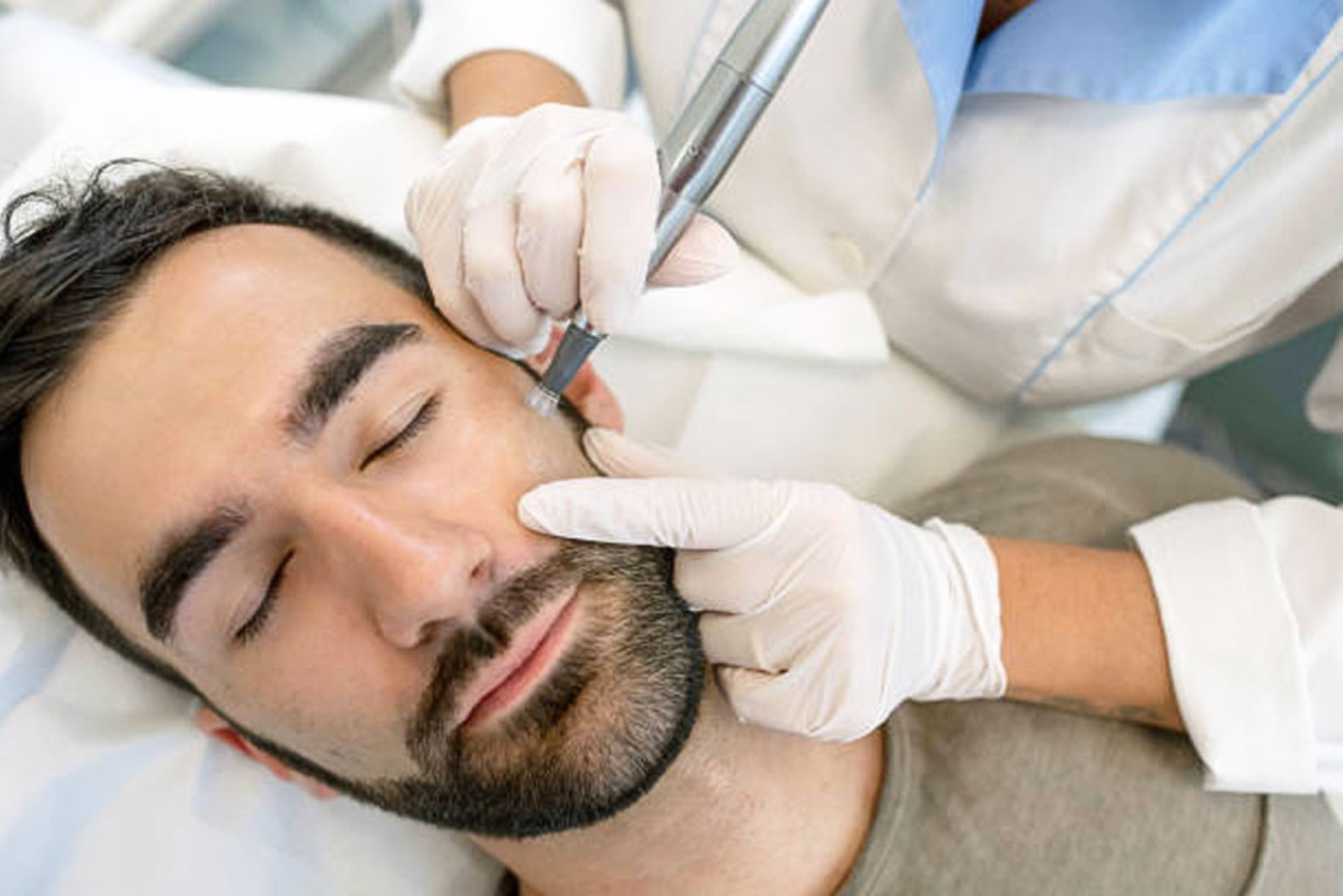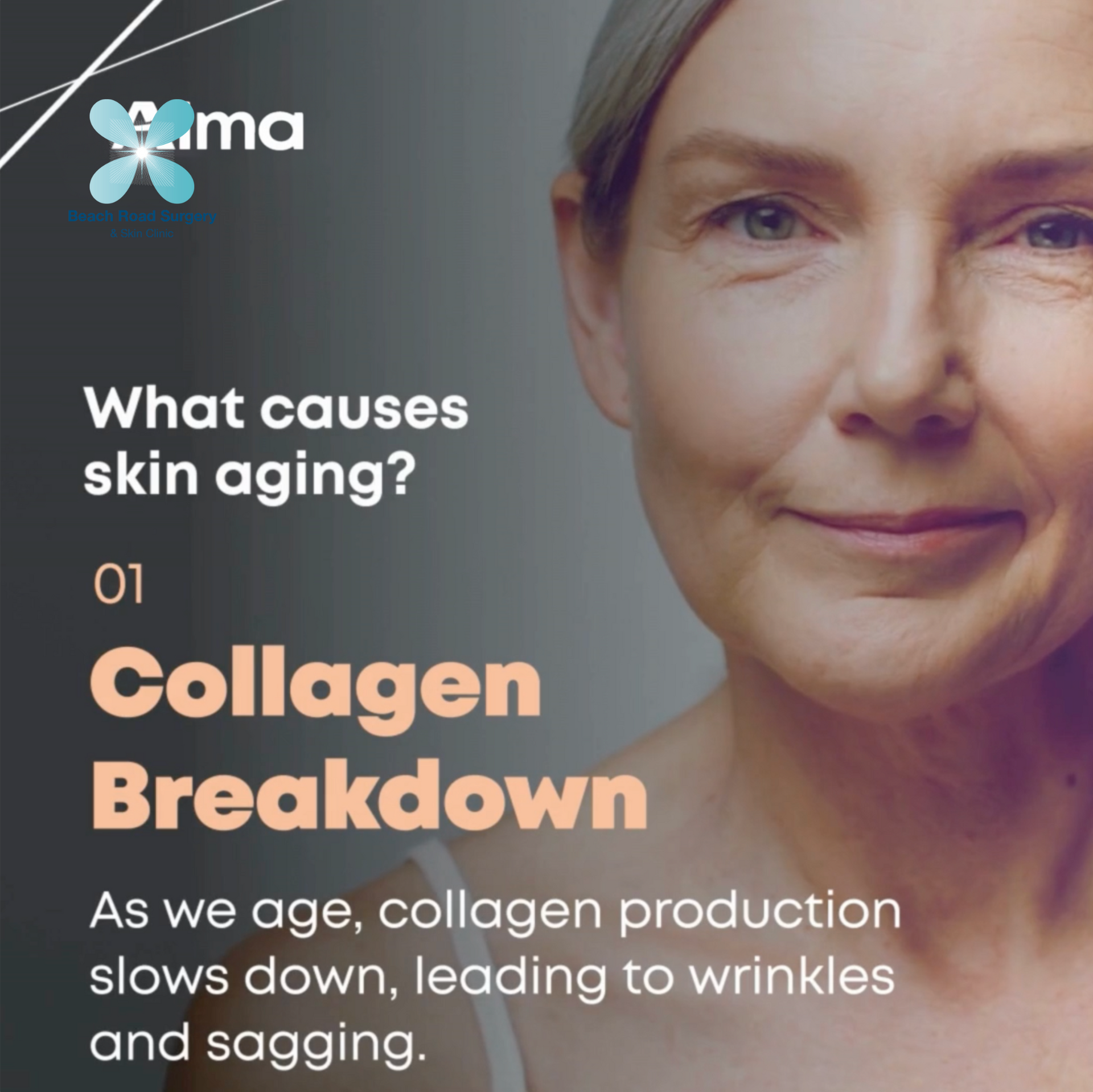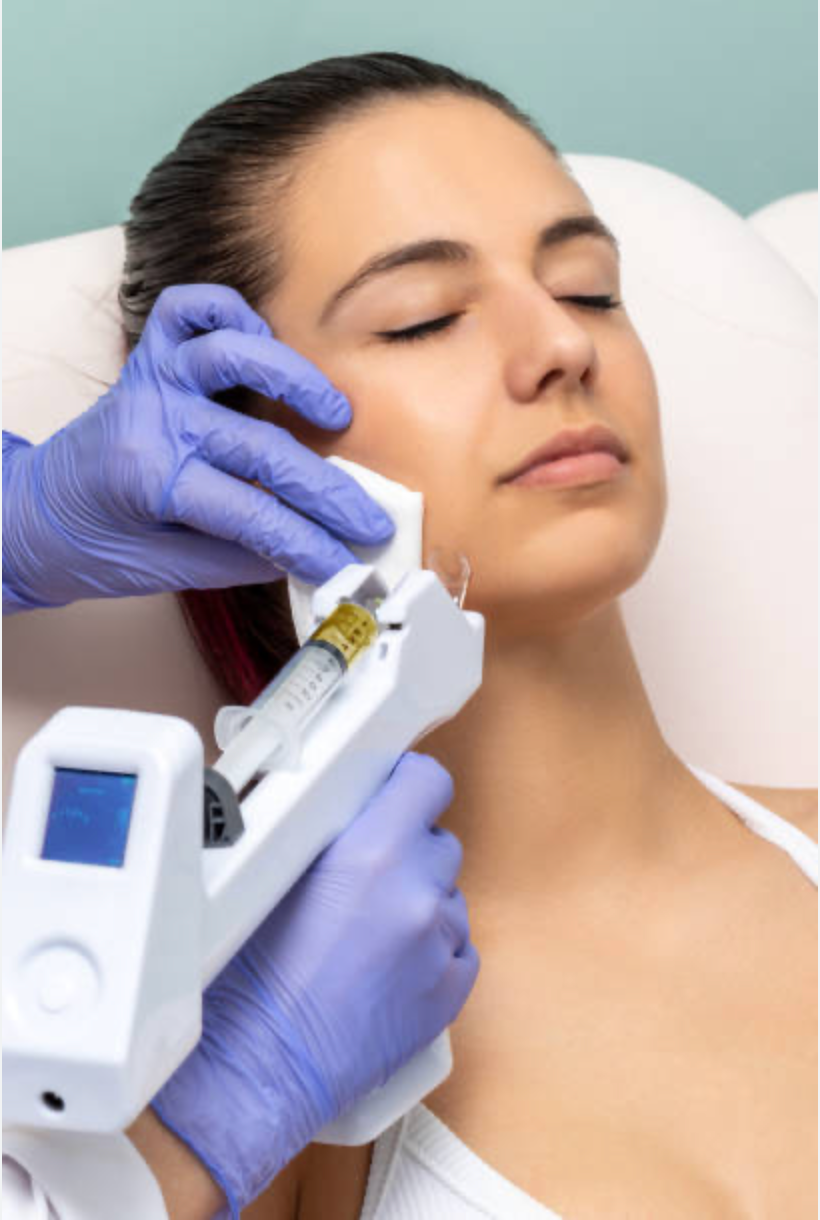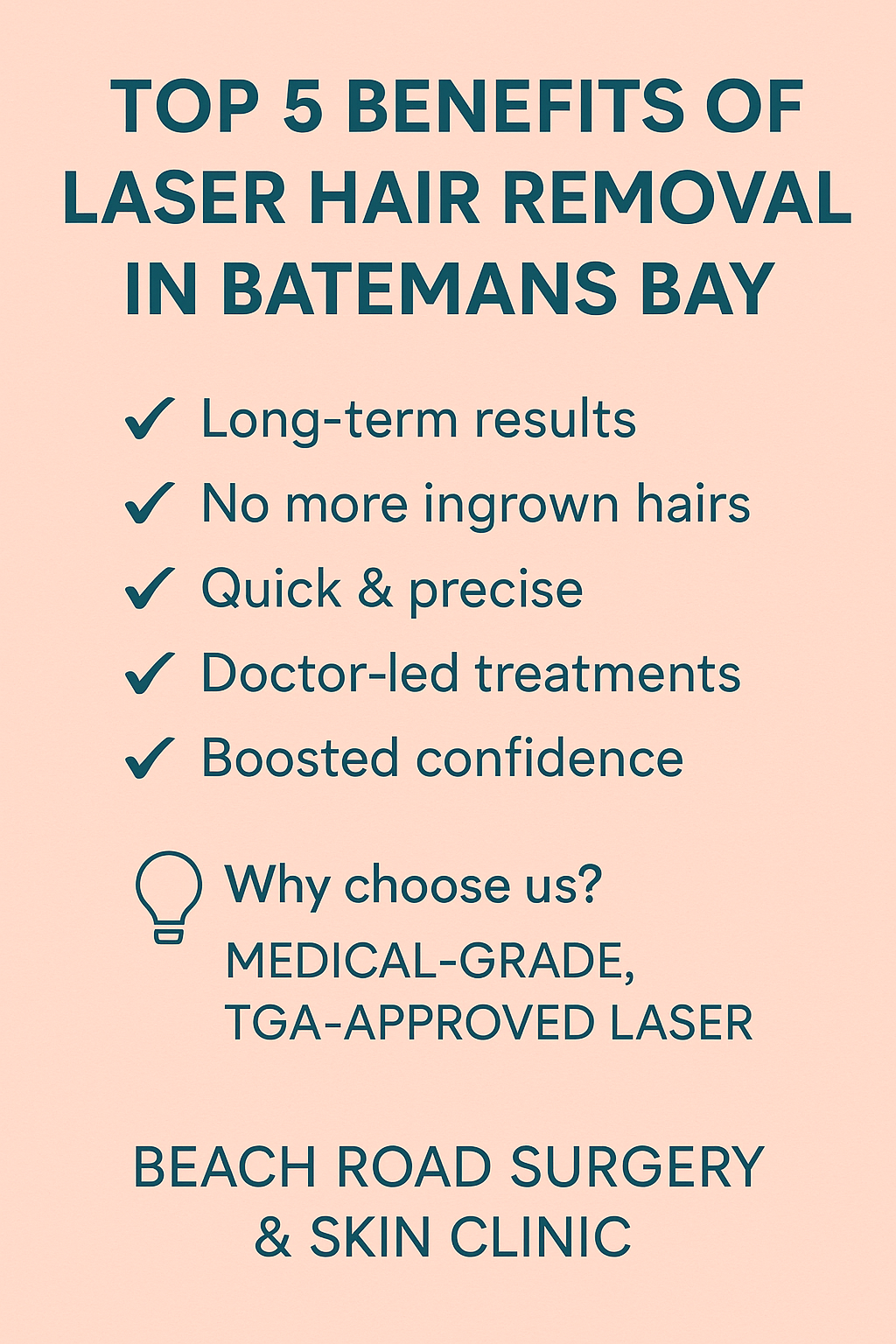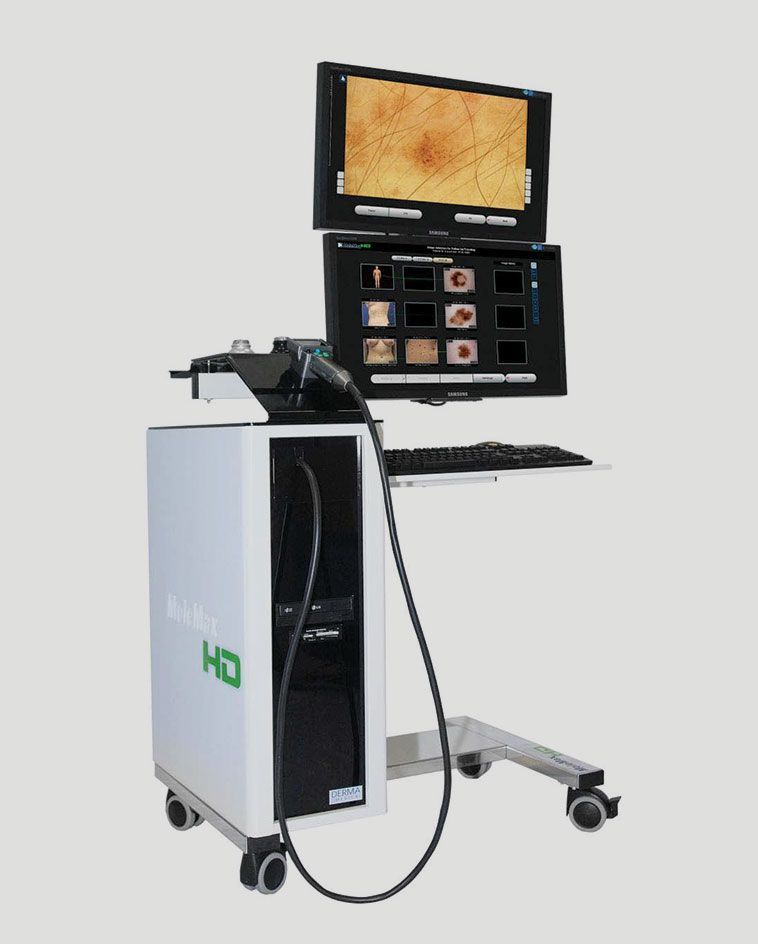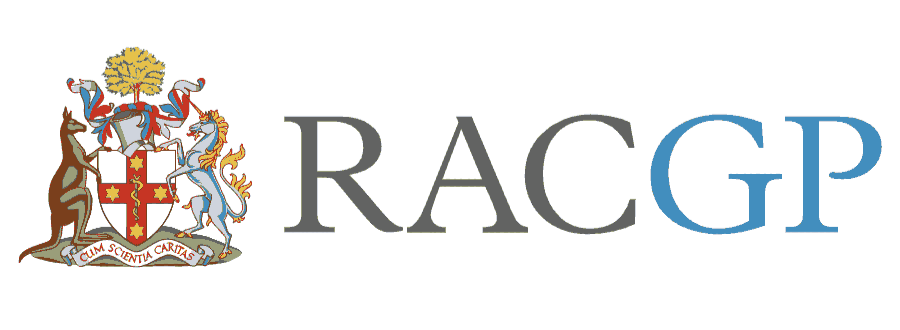Photodynamic Therapy for Skin Cancer: Everything You Need to Know

If you’ve been diagnosed with a superficial skin cancer or precancerous lesion, photodynamic therapy (PDT) may be an effective, non-surgical treatment.
At Beach Road Surgery & Skin Clinic in Batemans Bay, our doctors use PDT to safely destroy abnormal cells while preserving healthy skin and leaving minimal scarring.
What Is Photodynamic Therapy?
Photodynamic therapy combines a light-sensitive medication with a special light source.
The medication is absorbed by abnormal cells. When the area is illuminated, a reaction occurs that selectively destroys those cells while sparing surrounding healthy tissue.
How Photodynamic Therapy Works
- Application of a Light-Sensitive Cream
A special photosensitising cream is applied to the affected area. This cream is absorbed by abnormal cells while leaving most healthy cells unharmed. - Activation With a Specific Light Source
After the cream has had time to absorb (usually a few hours), the area is exposed to a controlled red or blue light. - Targeted Cell Destruction
The light activates the cream, producing a reaction that destroys abnormal or cancerous cells without the need for surgery.
Conditions We Treat with PDT
- Actinic keratoses (sun-damaged, precancerous patches)
- Superficial basal cell carcinoma (BCC)
- Bowen’s disease (early squamous cell carcinoma)
Your doctor will assess your lesion to ensure PDT is the right treatment.
Why Choose PDT?
- Minimally invasive – no surgical cuts or stitches
- Excellent cosmetic result – ideal for the face, scalp, and other visible areas
- Fast recovery – most people return to normal activities within days
- High success rates – studies show >90 % clearance for actinic keratoses and 80–97 % for superficial BCCs*
*Success rates depend on lesion size, depth, and aftercare.
Recovery and Aftercare
- Expect redness or mild swelling for a few days—similar to sunburn.
- Skin may peel or crust; full healing usually occurs within 1–3 weeks.
- Avoid direct sunlight for at least 48 hours. Use SPF 30+ sunscreen and protective clothing.
- Do not pick or scrub the area; keep it moisturised as advised.
Frequently Asked Questions
Is it painful?
You may feel mild stinging or warmth during light activation. Discomfort usually stops as soon as the light is switched off.
How many sessions will I need?
Often one session for actinic keratoses; some BCC or Bowen’s lesions require a second treatment 1–4 weeks later.
Is it covered by Medicare?
Medicare rebates apply for approved indications. We’ll discuss any out-of-pocket costs during your consultation.
Why Beach Road Surgery & Skin Clinic?
- Local care for Batemans Bay and the Eurobodalla community
- Award-winning, carbon-neutral practice
- Doctors experienced in advanced skin cancer management
- Friendly staff and detailed follow-up support
Book a skin cancer consultation today to see if photodynamic therapy is right for you.
